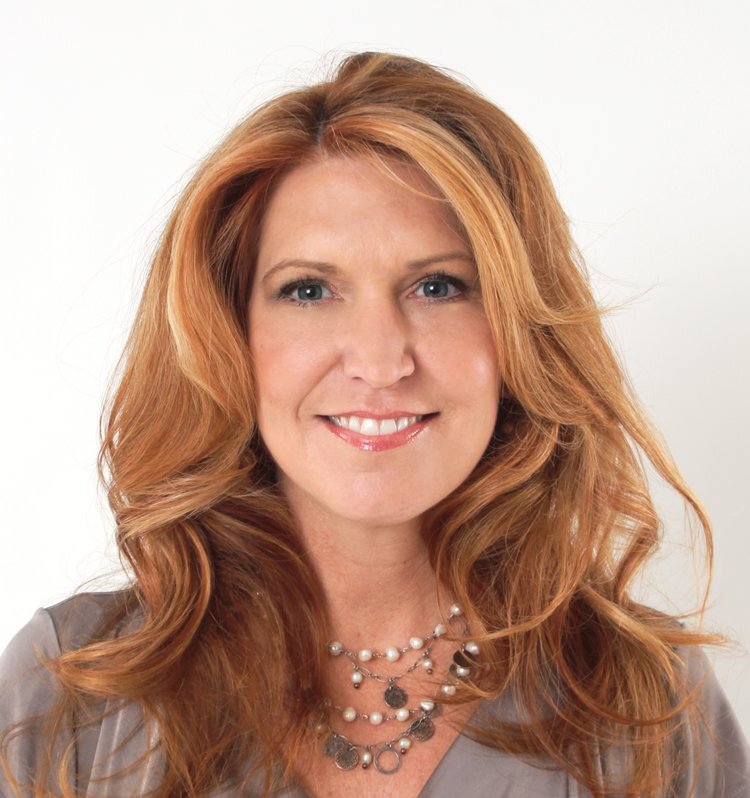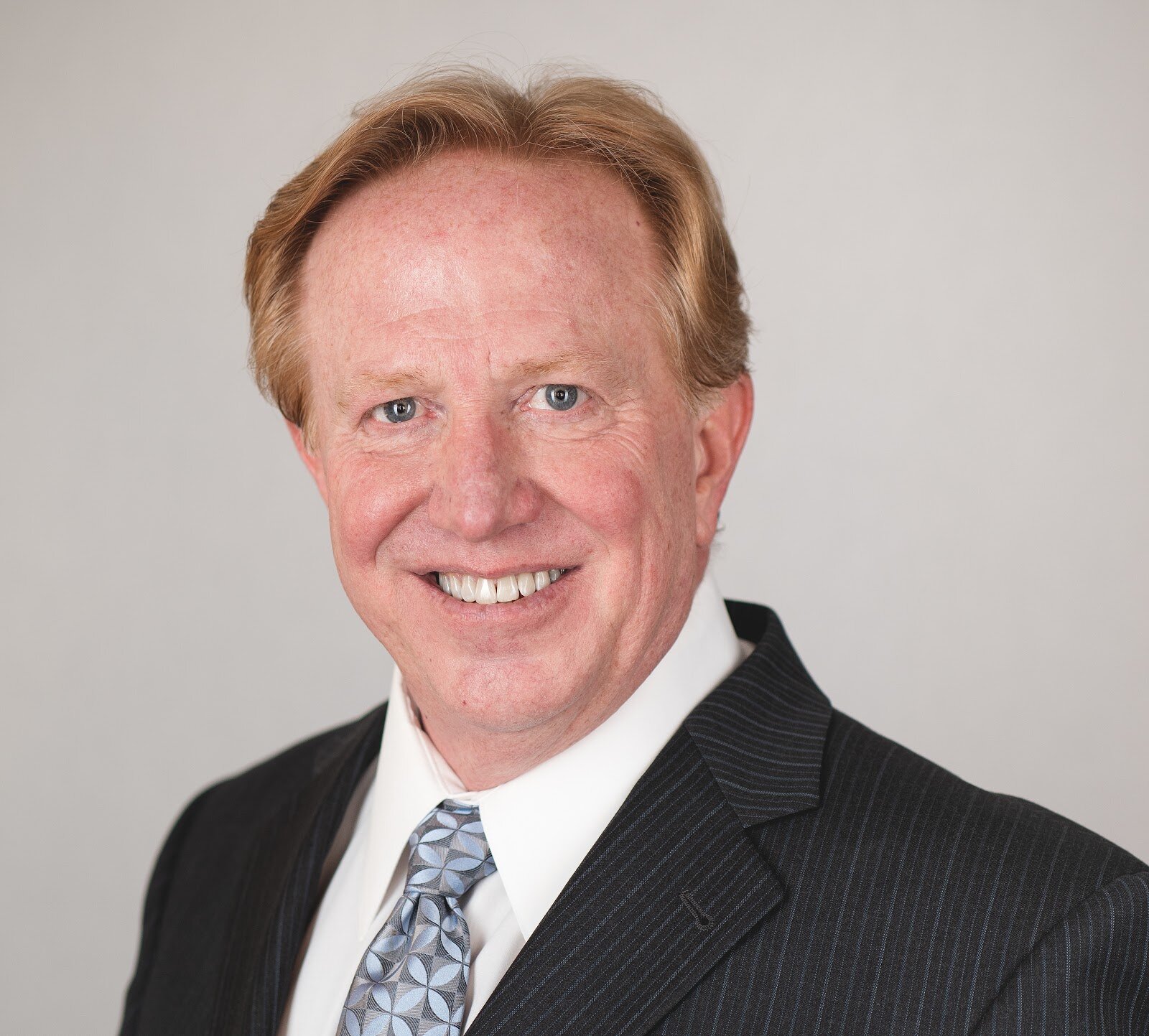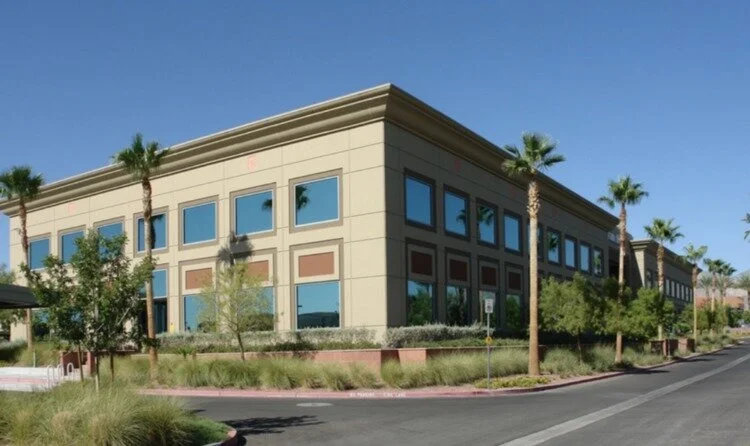About opioid dependence.
Many people have heard of the term opiate, but not everyone is familiar with what prescription opiates are. Opiates are more commonly known as pain medications. There are a wide variety of pain medications available to help those dealing with debilitating painful sensations that can make their lives nonfunctional. Although these opiates are created to help the general population manage their pain and allow them to live their lives free of it, the overuse of these drugs with either increased pain or tolerance development is dangerous. As the body gets used to these numbing pain medications, the liver processes these drugs, and chemical receptors in the body can increase in number, increasing the need of these stimulants.
Unfortunately, the problem with overconsumption with these opiates comes from the often pleasurable side effects that can come with increased use as well. Opiates are known for their ability to cause feelings of euphoria, feelings of exaggerated happiness. When these drugs are removed from the system, some people will feel like reality can no longer measure up to the feelings the drugs have produced. Many of those reliant on heroin, morphine, Oxycontin and Vicodin exhibit this withdrawal and have a difficult time readjusting.
Because of their ability to become addictive, there have been many points in history where the drug was banned from use from treatments and recreational use. The increasingly high chance that someone will overdose when consuming an opiate puts this drug at the top of the list for highly monitored medically used drugs. Since the banning of pure opiates from society for recreational use, there have been medical advances to create alternative forms of opiates. Opiates began as a treatment for pain relief since they mimic some of the body’s naturally created pain reducers. Unfortunately, because of their other pleasurable effects apart from removing pain they have become increasingly abused as well.
Addiction forms fast.
Opioids start out as recreational drugs but become integrated into a daily routine. They are extremely dangerous because of the way that they interact or interfere with the nervous system and brain function. Since they lower the sensation of pain in the body, the pain receptors in the body that are governed by the brain are numbed. Because of the relationship with the brain stem and respiratory function, an overdose of opiates can cause the individual to stop breathing entirely. No one can ever say they know how much not to take when trying to produce these euphoric numbing feeling with these drugs, so it’s essential that this medication is managed if taken for pain.
Detoxing using Suboxone (Buprenorphine).
Suboxone is a mainstay of medication-assisted treatment (MAT) for opiate addiction, where a safer opiate is provided for daily consumption in order to supplant the use of illicit opiates. Suboxone is often the preferred option as an opioid replacement because it is a partial opioid agonist, meaning that it only partially binds to the opioid receptors, causing a "ceiling effect" that makes it all but impossible to overdose on compared to other opioid drugs. Suboxone has been shown to allow people to resume productive and fulfilling lives.
The most widely used form of Suboxone is a combination of this drug with the short-acting opiate antagonist naloxone, which has little effect when absorbed under the tongue but neutralizes the effect of injected opiates.
Suboxone works by tightly binding to the same receptors in the brain as other opiates, such as heroin, morphine, and oxycodone. By doing so, it blunts intoxication with these other drugs, it prevents cravings, and it allows many people to transition back from a life of addiction to a life of relative normalcy and safety.
Since 2002, individual physicians with specialized training and certification have been allowed to prescribe Suboxone in their offices for patients to take home.
Patients must stop all opioids and show clear signs of withdrawal before starting Suboxone. The medication comes as a film that dissolves under the tongue. Two doses are taken the first day, then one dose every day.
What to expect with Concierge Opioid Treatment.










